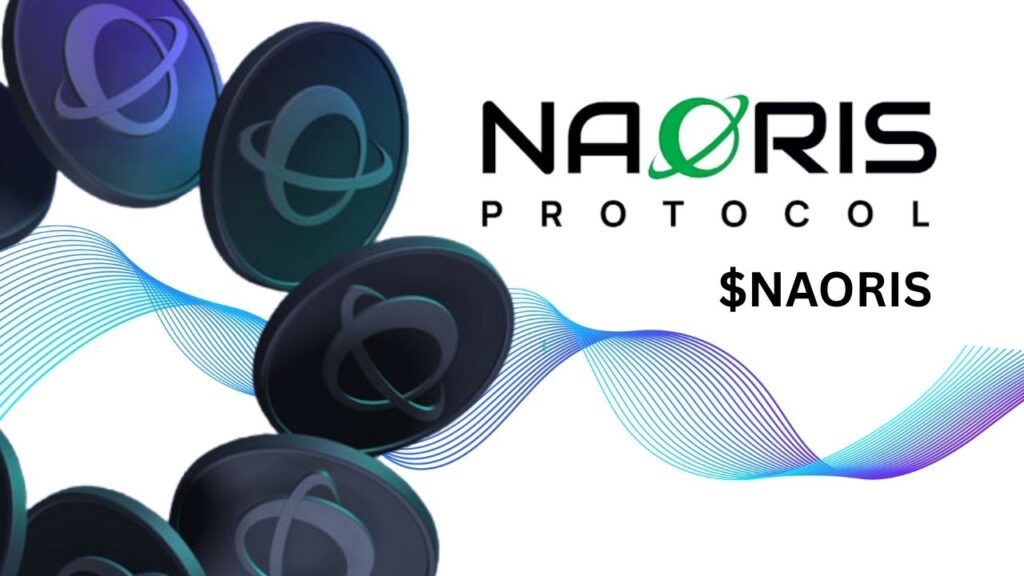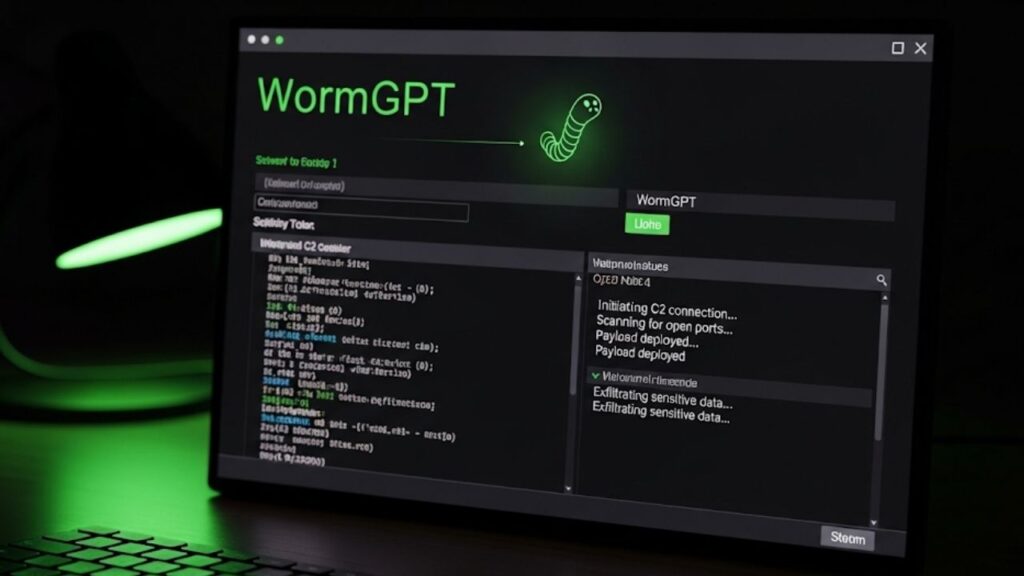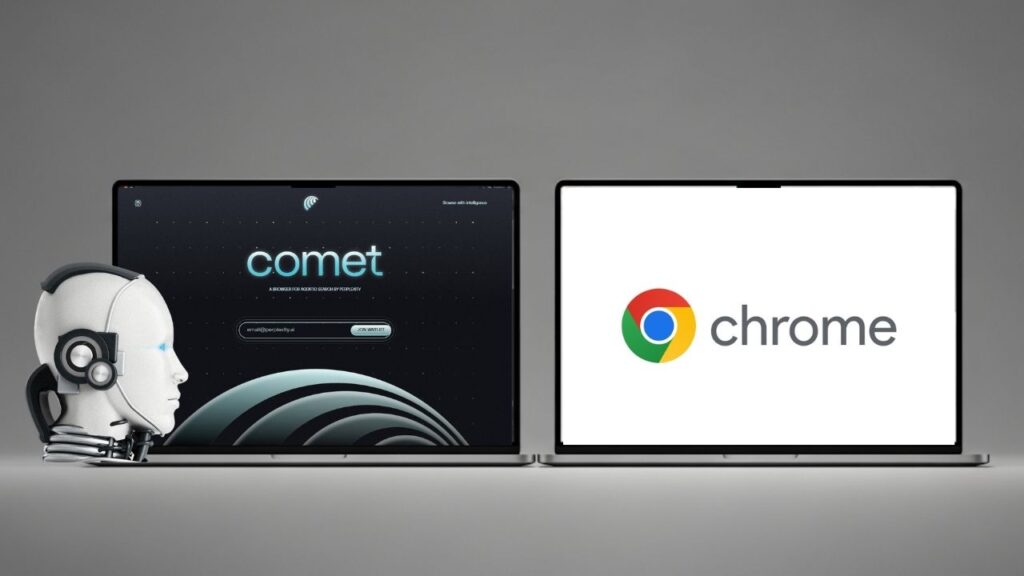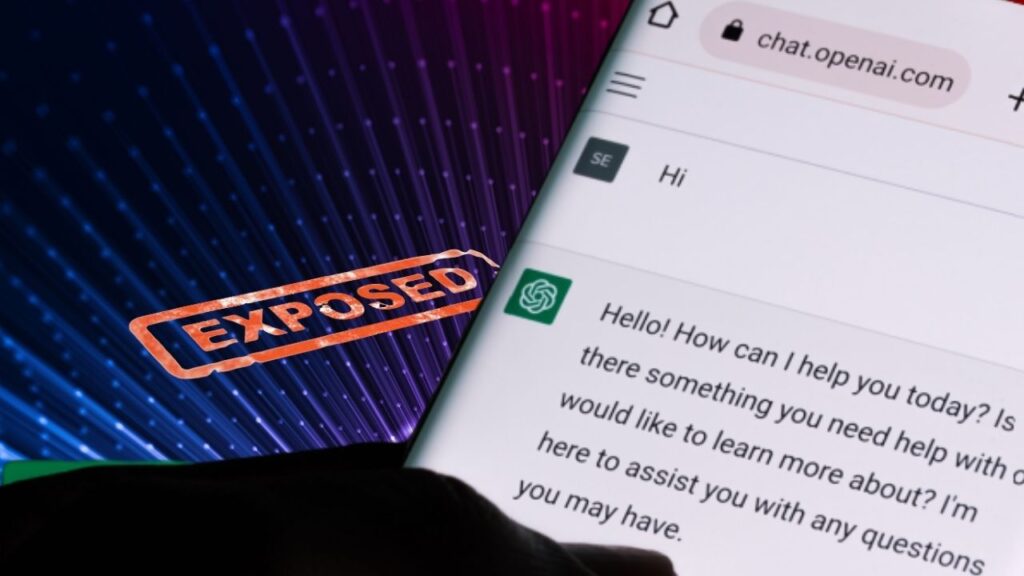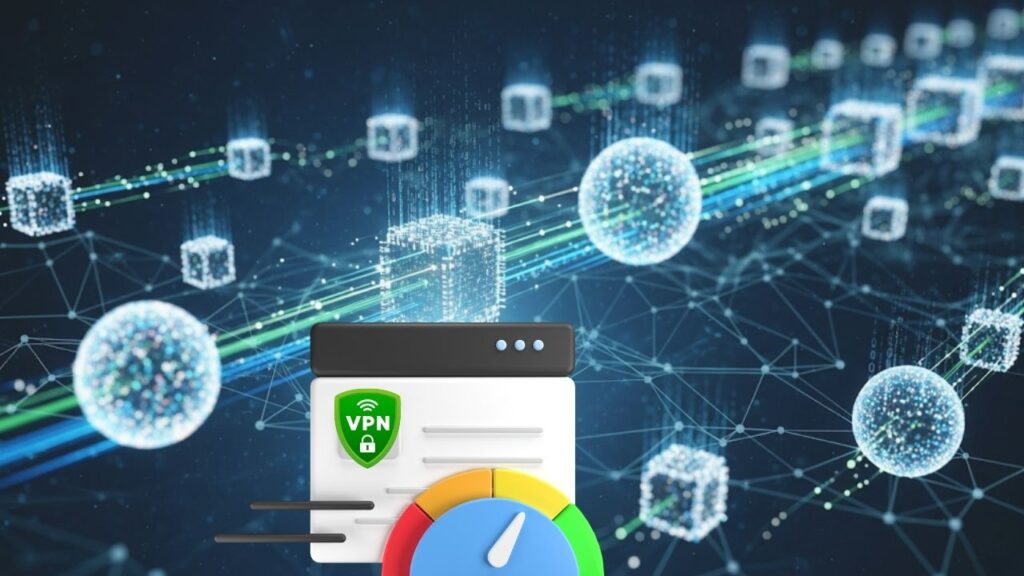Beginning July 23, 2025, Starlink—the satellite internet division of SpaceX—officially launches its direct-to-cell satellite service in partnership with T-Mobile in the United States. The promise is simple but groundbreaking: stay connected anywhere, even when you’re off the grid, whether you’re hiking in Yosemite, driving through the New Mexico desert, or sailing off the coast of Hawaii. This isn’t just a boost for remote work, travel, or outdoor adventures—it’s a potential lifeline in emergencies and a step toward truly borderless mobile communications.
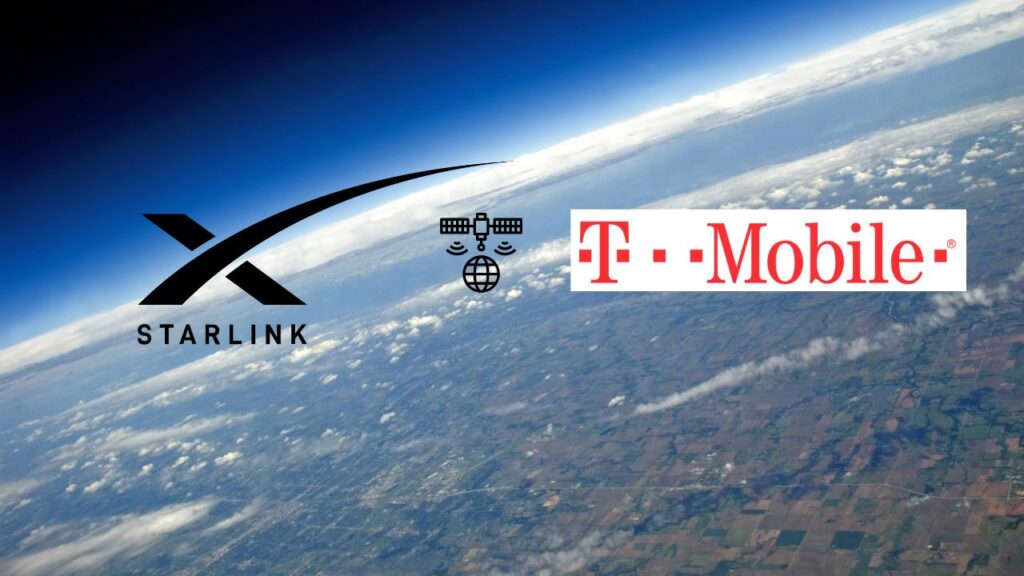
This service, called T-Satellite, is the first of its kind to seamlessly integrate with your existing LTE smartphone, requiring no extra hardware, new apps, or satellite antennas. It’s a game-changer for safety, business, and connectivity in underserved areas, and it’s just the start of a global rollout. By the end of 2025, Starlink expects to expand with partners in Australia, Canada, Japan, New Zealand, Switzerland, Chile, Peru, and Ukraine, with more announced regularly.
But which phones are compatible? How does the technology work? What’s the cost? And—for millions outside the US—when is this coming to my country? Let’s dive into the details in plain language that everyone, from kids to CEOs, can understand.
Table of Contents
Free Starlink Satellite Internet Is Coming to These Phones
| Feature | Details |
|---|---|
| Launch Date (US) | July 23, 2025 (T-Mobile official launch) |
| Coverage | Continental US, Hawaii, parts of Alaska, Puerto Rico, US territorial waters; global expansion underway |
| Supported Phone Brands | Apple (iPhone 14+), Samsung (Galaxy S23+, Galaxy Z Flip/Fold 3+), Google (Pixel 9+), Motorola (2024+) |
| Service at Launch | Free text messaging (SMS), emergency alerts, GPS location sharing; broadband data coming Oct 2025 |
| Future Features | Voice calls, mobile data, picture messaging in phased rollout |
| Cost (US) | Free on select T-Mobile plans; $10/month for others; international pricing may vary |
| No Extra Hardware | Any compatible LTE phone—no satellite antenna, modem, or app needed |
| Global Partners | Optus, Telstra (Australia); Rogers (Canada); One NZ (New Zealand); KDDI (Japan); Salt (Switzerland); Entel (Chile/Peru); Kyivstar (Ukraine) |
| How to Sign Up | Apply online at T-Mobile; US customers of any carrier, with compatible phone, welcome in beta |
Starlink’s direct-to-cell satellite internet for phones is launching in the US on July 23, 2025, with global expansion underway. At launch, you’ll get free text messaging, GPS location sharing, and emergency alerts on compatible phones—no extra hardware required. Voice and data will follow in phased rollouts, and pricing is straightforward (free on select plans, $10/month otherwise). The service is already partnering with carriers in Australia, Canada, Japan, New Zealand, Switzerland, Chile, Peru, and Ukraine, and is coming soon to India and other countries as regulatory approvals are completed.
This is more than a new feature—it’s a fundamental shift in how mobile networks work, and a big step toward a connected, borderless planet. If your phone is on the list, you’re ready for the future. If not, check back—the world is about to get a lot smaller, and a lot more connected.
How Starlink Direct-to-Cell Works
Starlink’s Direct-to-Cell satellites use advanced “eNodeB” modems that act like cell towers in space. These satellites connect directly to your phone’s LTE radio—just like you’re roaming on a regular cellular network—without extra hardware, dedicated apps, or software hacks. All you need is a clear view of the sky.
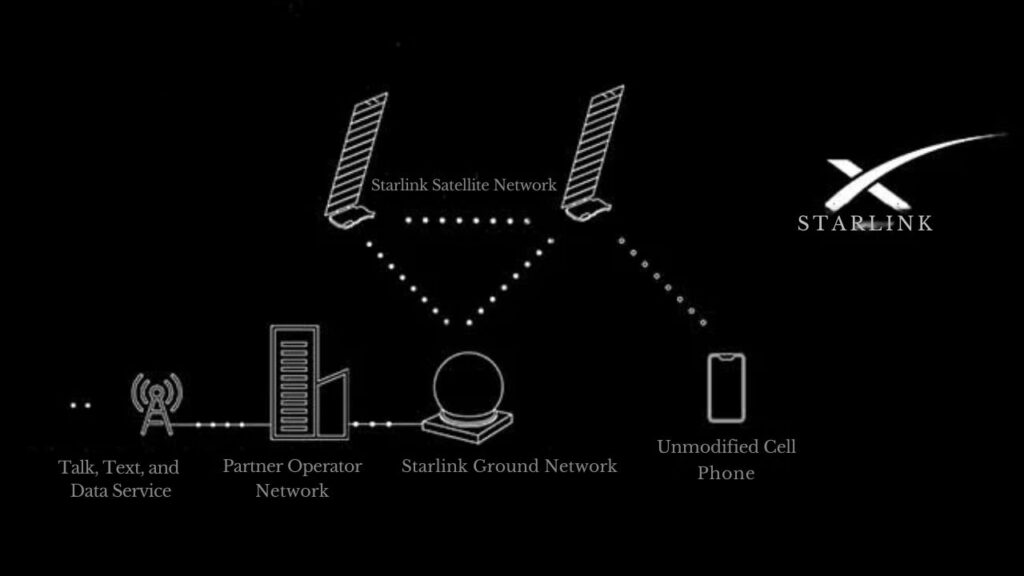
Here’s the magic: If you lose your normal cellular signal, your phone automatically switches to a Starlink satellite overhead, giving you access to text messaging, GPS, and emergency alerts—even if you’re hundreds of miles from the nearest cell tower. This is not a Wi-Fi hotspot or a separate service; it’s built into your phone’s existing connection.
Bandwidth and performance: Initially, each satellite cell can support millions of text messages (SMS), and plans for voice and data (at limited speeds) are already in motion. While Starlink home internet uses much faster Ka/Ku-band links, Direct-to-Cell uses mid-band “PCS” spectrum (like T-Mobile’s traditional cell service), so speeds are lower—designed for essential connectivity when you’re off-grid, not for streaming movies.
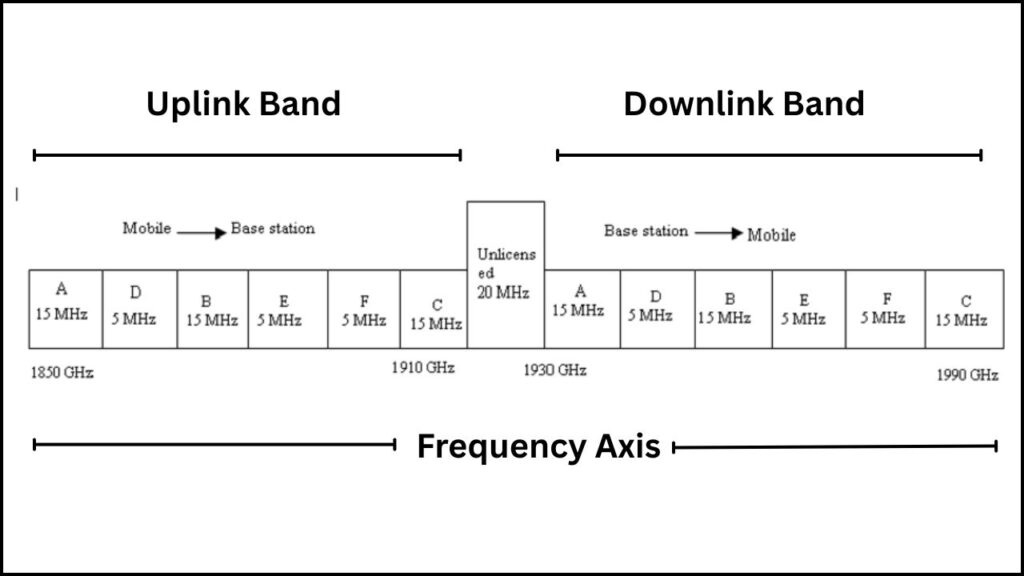
Reciprocal roaming: T-Mobile and SpaceX are inviting carriers worldwide to join, offering global roaming agreements so travelers and businesses can stay connected across borders. Imagine traveling from New York to Sydney and never losing contact—this is the goal, and it’s already starting to happen.
Compatible Phones: Which Ones Make the Cut?
At launch in the US, only recent, “optimized” phones are supported for Starlink Direct-to-Cell—no matter which carrier you have, or even if your phone is unlocked. Here’s the current, authoritative list (as of July 2025):
- Apple: All iPhone 14, 15, and 16 models (including Pro and Pro Max), no older iPhones
- Samsung: Galaxy S23, S24, S25, Galaxy Z Flip3, Z Fold3 and newer, plus select Galaxy A-series (see T-Mobile for full list)
- Google: Pixel 9 series (Pixel 9, 9 Pro, 9 Pro Fold, 9 Pro XL)
- Motorola: All models released in 2024 or later
Older phones—including last year’s flagships—do not currently work with this service. Your device must be running the latest software update to participate. T-Mobile and SpaceX are updating their compatibility lists regularly—check their official site to see if your device is newly supported.
Why only new phones? The LTE radio chips in these devices have new firmware from the manufacturer, allowing them to “hear” satellite signals in a special band and switch to satellite mode automatically. This is a technical, not a business, limitation—as more phones get this feature, compatibility will expand.
How to Sign Up and Get Connected
The process is straightforward, even if you’re not tech-savvy:
- Check your phone: Is it on the compatibility list above (e.g., iPhone 15, Galaxy S24, Pixel 9, or newer Motorola)? Download the latest software update for your device.
- Sign up for the beta (if you want early access): Anyone in the US—on any carrier—can apply. You don’t have to be a T-Mobile customer. Go to T-Mobile’s site and register (spots are limited).
- Wait for access: Acceptance is rolling and first-come, first-served. If you’re accepted, you’ll get instructions by email.
- Use the service: If you’re in a dead zone, your phone will automatically connect to a Starlink satellite (if your device is compatible and you have a clear view of the sky).
- Enjoy (and test!): At launch, you can send and receive text messages (including to 911), share your GPS location, and get emergency alerts—all for free on select T-Mobile plans or $10/month for others. No extra fees for data overages or roaming.
If you’re outside the US: Starlink and its partners are launching in other countries—see the table above for global partners. If you’re in India, Canada, Australia, or another listed country, check with your local mobile operator for details and timing.
What Can You Actually Do With Starlink on Your Phone?
At launch (July 2025):
- Send and receive text messages (SMS)
- Text to 911 (emergency services)
- Share your GPS location with friends, family, or emergency responders
- Receive emergency alerts
Coming soon (phased rollout, likely late 2025–2026):
- Voice calls (not FaceTime, VoLTE, or VoWiFi—just regular calls)
- Limited mobile data (for basic browsing, email, maps, and IoT devices)
- Picture messaging
- IoT connectivity for vehicles, sensors, and more
Limitations:
Bandwidth is limited—this isn’t for streaming, video calls, or large downloads. Think of it as a “minimum viable connection” for safety and basic communication, not a replacement for your home Starlink dish or fiber internet.
Who Can Use It?
In the US, this service is available to anyone with a compatible, unlocked, LTE phone—no matter which carrier you use. Early testers report it works with T-Mobile, AT&T, and Verizon phones, as long as your device is optimized (see the list above). You do not need to switch carriers—just sign up for the satellite add-on if you’re not on a qualifying T-Mobile plan.
For business and government users:
This service is a game-changer for logistics, emergency management, rural healthcare, and anyone operating in remote locations. IoT devices (like agricultural sensors, asset trackers, and remote cameras) can also connect globally without needing a local cellular network—this is a huge deal for global industries.
What About the Rest of the World?
Starlink’s Direct-to-Cell is designed for global expansion. The company now has over 7,600 satellites in orbit (the largest constellation in history), and is adding direct-to-cell capability to new launches. The company is already in advanced talks with carriers in Canada, Australia, Japan, Switzerland, Chile, Peru, New Zealand, Ukraine, and more.
In India, for example, Starlink has just received official approval to launch satellite broadband services, and is expected to begin trials soon. Airtel and Reliance Jio are also launching rival satellite services, so Indian consumers will have multiple options by late 2025 or early 2026. Pricing and availability for India will be announced locally—stay tuned for official updates.
In Canada:
Rogers Communications is already offering a free beta for satellite-to-phone, and more carriers will join as the service scales.
In Australia and New Zealand:
Optus, Telstra, and One NZ have all partnered with Starlink for nationwide coverage, with rollouts expected in late 2025.
Globally:
Starlink and T-Mobile are inviting all mobile operators to join, promising reciprocal roaming—meaning, if your local carrier partners with Starlink, you’ll get the same seamless access at home and abroad.
How Much Does This Cost?
In the US:
- If you’re on a T-Mobile “Experience Beyond” plan or a similar high-tier unlimited plan, the satellite service is included at no extra cost.
- For most other users (including AT&T, Verizon, and other US carriers), the satellite add-on is $10 per month.
- Emergency messaging (including to 911) will be free for everyone with a compatible phone, regardless of carrier or plan.
- The beta is free for early participants, but this is a limited-time offer.
Outside the US:
Pricing and plans will vary by country and carrier. Check with your local mobile operator for official details.
Why Should You Care? What’s the Big Deal?
- Safety: In emergencies—wildfires, hurricanes, earthquakes—terrestrial networks often fail. Satellite connectivity could save lives.
- Rural and Remote Access: Farmers, sailors, explorers, and rural residents finally have a reliable way to stay connected.
- Business Continuity: Logistics, shipping, mining, and oil/gas operations can now operate globally with confidence.
- Travel: Soon, you’ll be able to roam seamlessly across borders, with the same phone number and service everywhere.
- IoT Revolution: From smart agriculture to environmental monitoring, direct satellite IoT is a breakthrough for global industry.
Japan’s Internet Speed Record: What It Means for You, Your Business, and the Future
Photonic Processor Could Help Power the Next Generation of 6G Wireless
FAQs About Free Starlink Satellite Internet Is Coming to These Phones
Q: Do I need a special satellite phone or antenna?
A: No. Any compatible LTE phone works—no extra hardware, no dedicated app, just your regular smartphone.
Q: Will this replace my home internet?
A: No. This is for essential mobile connectivity—calls, texts, alerts, and eventually limited data. For high-speed broadband, you still need a Starlink home dish or traditional internet.
Q: What if my phone isn’t on the list?
A: Only recent, optimized phones are supported at launch. As manufacturers add this feature to more devices, compatibility will grow. Check back regularly for updates.
Q: Can I still use my phone normally?
A: Yes. The satellite service kicks in automatically when you’re off the grid. Otherwise, everything works as usual.
Q: Is there a data cap or extra roaming charge for satellite?
A: No data cap or traditional roaming fees. The service is either included in your plan or available as a flat add-on. Emergency messaging is always free.
Q: Will this come to my country?
A: Starlink is working with carriers worldwide. Check the list above for current partners, and ask your local operator for details.
The Road Ahead: Global, Ubiquitous Connectivity
Starlink’s Direct-to-Cell is only the beginning. By the end of 2026, billions of people—and billions of devices—could have seamless connectivity, no matter where they are. The satellite constellation is growing, technology is improving, and partnerships are multiplying.
For consumers: This means peace of mind, access in remote places, and a new era of global roaming.
For businesses: It’s a platform for IoT, logistics, and real-time data from anywhere on Earth.
For society: It’s a step toward closing the digital divide and ensuring everyone, everywhere, can communicate.


